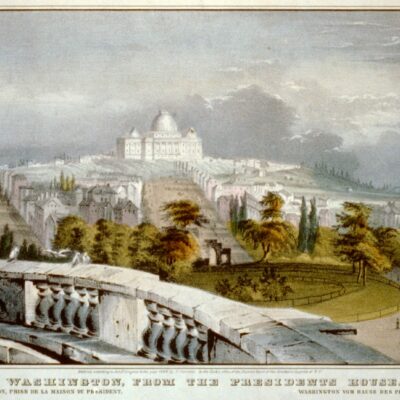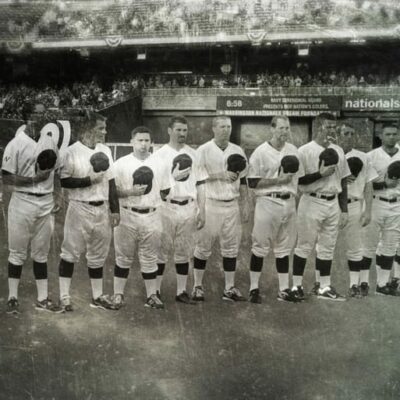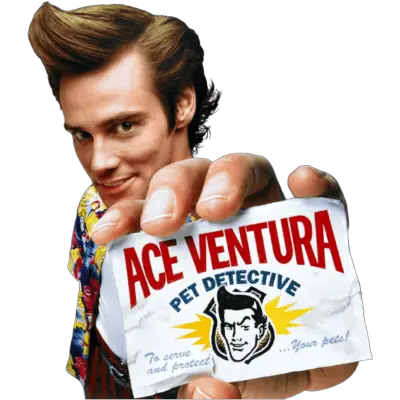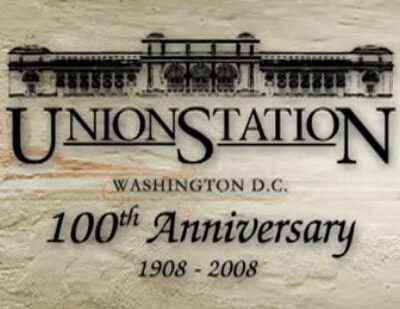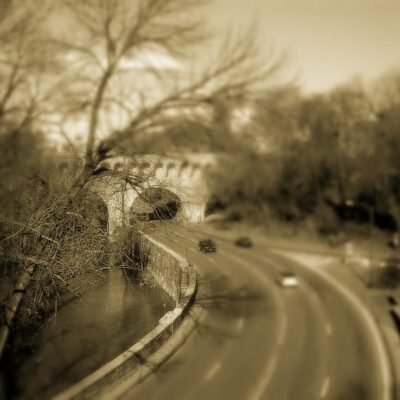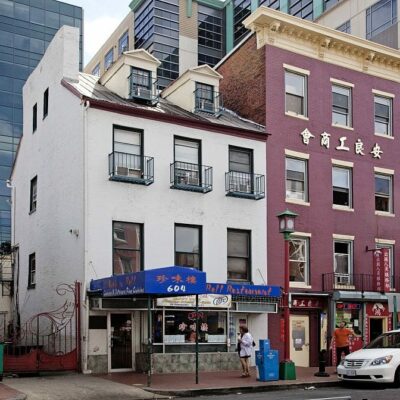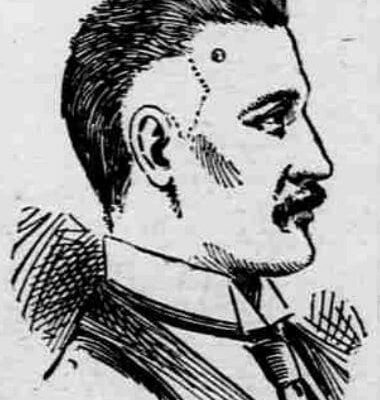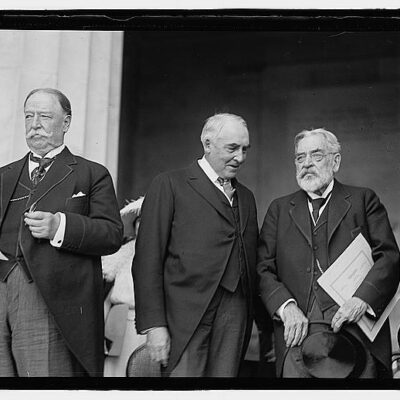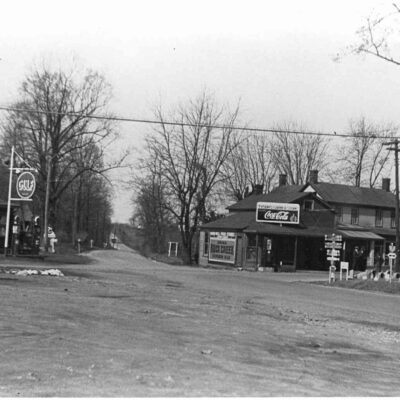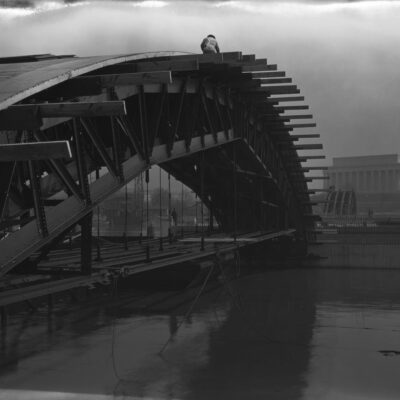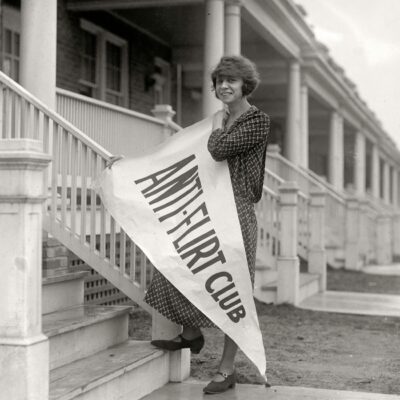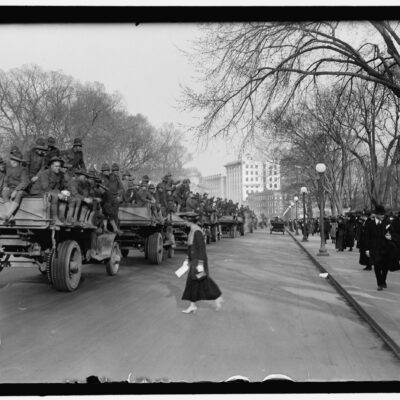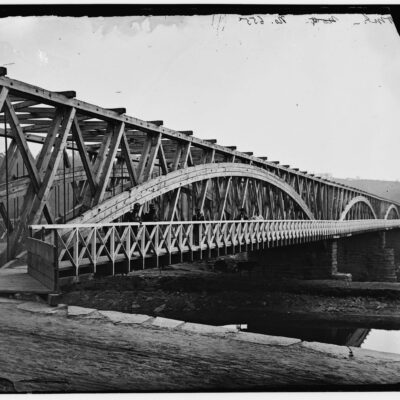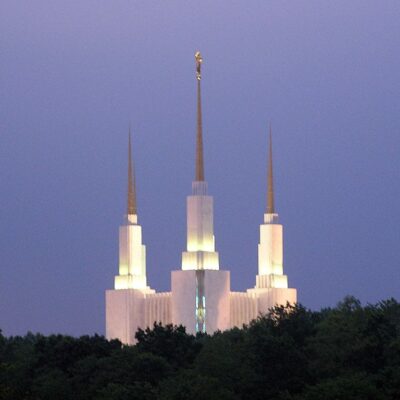Curious how D.C. streets got their names? What about the order of the states that Washington’s diagonal roads are named after? The state streets are actually quite simple. The prominent ones near the Capitol are all part of the original 13 Colonies.
Many out-of-towners are perplexed by the naming convention of our city streets. If you’ve lived here for a while, it’s really quite simple. Letters are east and west, and numbers are north to south. State streets are diagonal and often run into major traffic circles. Once you get outside of the old city, they’re mostly alphabetical. There are always exceptions to these rules, but generally speaking, follow these basics, and you should know where you are in the city.
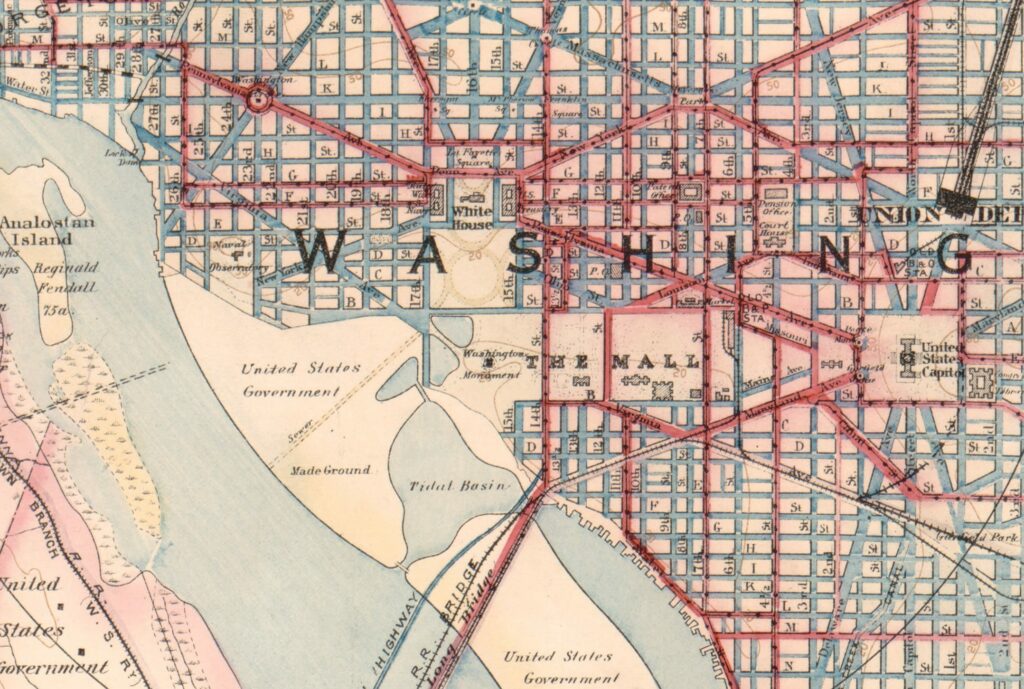
But, for a little more background on street names, we did a little more digging on the origins. Our previous post on street names in Columbia Heights was quite popular, so we thought we’d expand a little upon that.
Justice Alexander Hagner’s speech
After a little poking around with Google, we found an interesting speech given by Justice Alexander B. Hagner from May 3rd, 1897, given in front of the Columbia Historical Society. Hagner was a U.S. federal judge, born and raised in D.C.
It should be noted that 1897 was two years after Congress passed a law to rename the streets of Georgetown to conform with the existing quadrant naming convention of Northwest D.C.
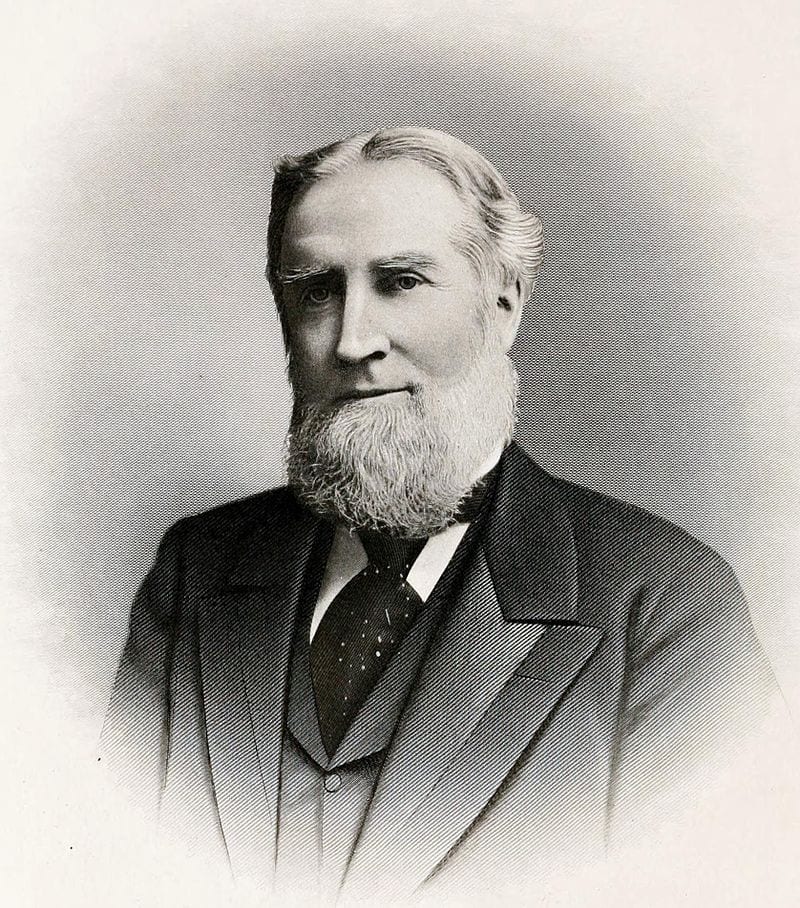
In his speech, he refers back to 1791, the early days of the District’s founding when three of the first Commissioners addressed a letter to Major Pierre L’Enfant, writing to him from Georgetown:
Sir–We have agreed that the Federal District shall be called ‘The Territory of Columbia,’ and the Federal City, ‘The City of Washington:’ the title of the map will therefore be ‘A Map of the City of Washington in the Territory of Columbia.’
We have also agreed that the streets shall be named alphabetically one way, and numerically the other: the former divided into North and South letters, the latter into East and West numbers, from the Capitol.
The original plan omitted the letter J to avoid confusion with the letter I, the farthest numbered street to the east was 31st and to the west, 26th. The farthest letter street both north and south was W St. The lettered streets were originally set at ninety feet wide, with just a few being narrower. The lone wider street was to be K St to the north, which would be a main thoroughfare at 147 feet.
Diagonal streets emanating from the Capitol
The numbered streets would be around 100 feet wide with the major axis at 16th St. measuring 160 feet. All streets emanating from the Capitol Building would bear the name of the building, North, South, East Capitol Streets.
In his speech he also alludes to Washington’s street naming and building regulations being drawn from experiences having the capital in Philadelphia for the final decade of the 18th century. The difference with Philadelphia of course is that while the north and south streets are numbered, the east to west streets take the names of trees.
The improvement in Washington of changing names to simple letters was meant to provide the citizen or visitor with a simple method of understanding where he was in the city. Not only this, but the mnemonics of the naming convention would also let people know the intersection closest to an address (e.g., 820 F St. NW would be near 8th and F).
No grand street names
Now, despite the practicality of the street names, Hagner lamented the fact that the supposedly grander streets like B, C, or K lacked impressive names.
…poverty of conception and of taste, a lack of dignity, and a want of appreciation of the importance of the city among the great capitals of earth, that to-day would scarcely be expected in the staking off of a petty village boomed into short life by the moon-madness of speculation.
His suggestion was to use the names of prominent Americans using the corresponding letters, a convention applied outside of the old city. In fact, he had a nice structure to recommend.
I suggest for the consideration of the members of the Society, that there should be applied to the streets east and west in the original city, in the first place, the names of the Presidents; then, of the Vice-Presidents; then of the Chief Justices of the Supreme Court, and afterwards of the Speakers of the House of Representatives, and of the more distinguished members of the different Cabinets, and of celebrated military characters; as far as possible excluding the names of living persons; and when these sources of supply become exhausted, to admit the names of other distinguished officials, including the earlier mayors of the city; in all cases adopting first from the list of officials of the same grade the names of those who were earliest in service, and applying the first choice to the streets in the most thickly settled portion of the city, north of the Capitol.
Can you imagine the debates around those street names? I’m pretty sure R St. would have become Reagan St. if Congressional Republicans had their chance. They tried renaming 16th St. after the 40th president in 2005.
Proposed street names
Near the end of his speech, he presented his proposal for the names of the lettered streets in the old city. Take a look at the images below, from a transcript of the Columbia Historical Society records.
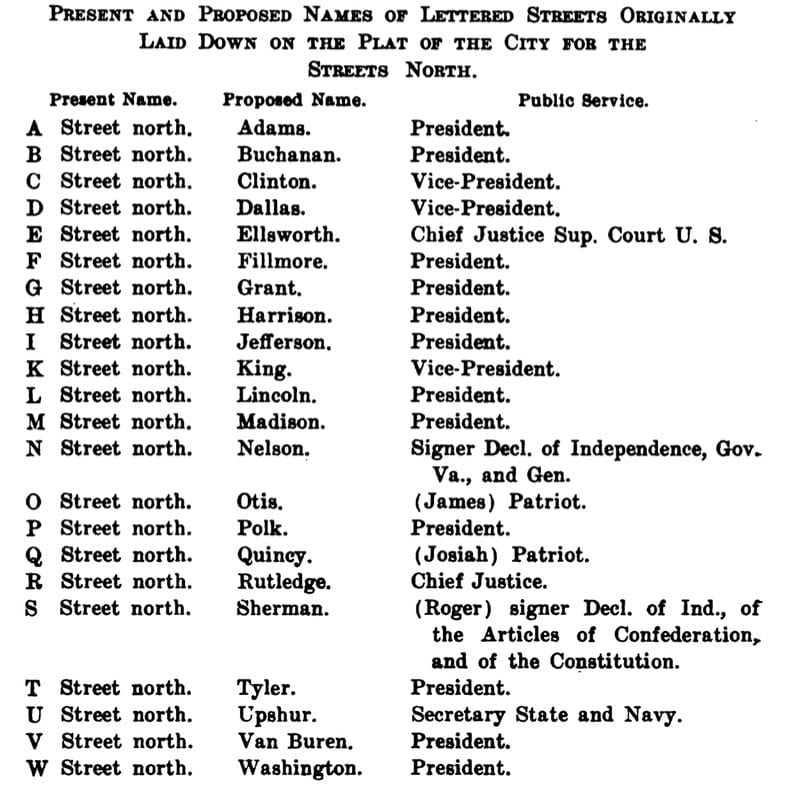
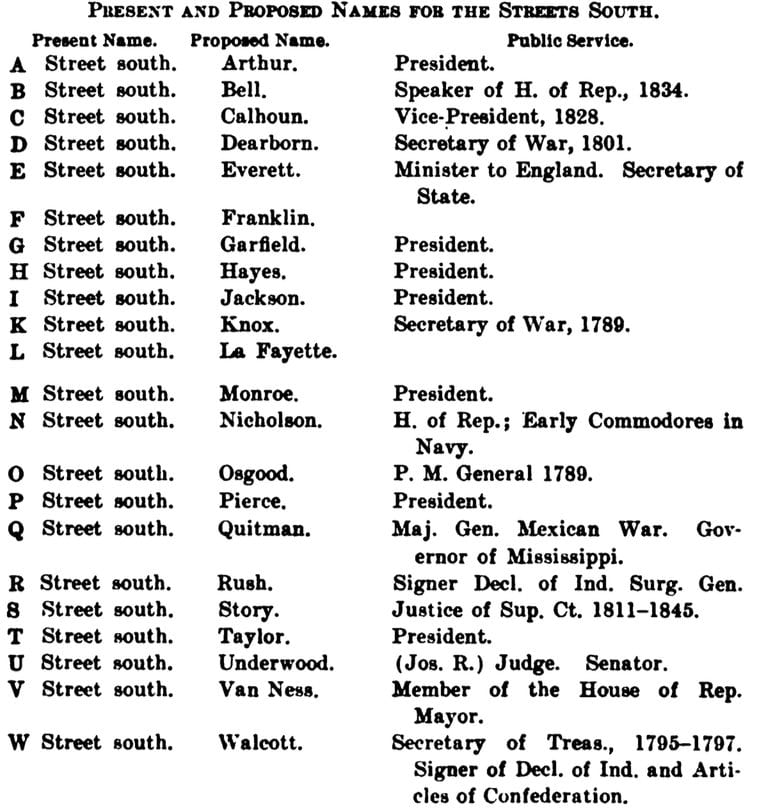
Now, we all know the names weren’t changed in the old city, but quite a large number of these names were used elsewhere in the District. Streets like Garfield, Van Ness, Taylor, Madison, Buchanan, Quincy, and Upshur are sprinkled throughout our city.
He goes on a little bit of a rant later in the speech to talk about how names are repeated throughout the city, naming smaller streets and alleys, thus giving visitors a completely confusing experience attempting to navigate the city. Hagner adds to his above naming proposal by suggesting more names for these streets. Take a look at the proposals below and see which ones were eventually adopted, albeit, maybe somewhere else in the city.
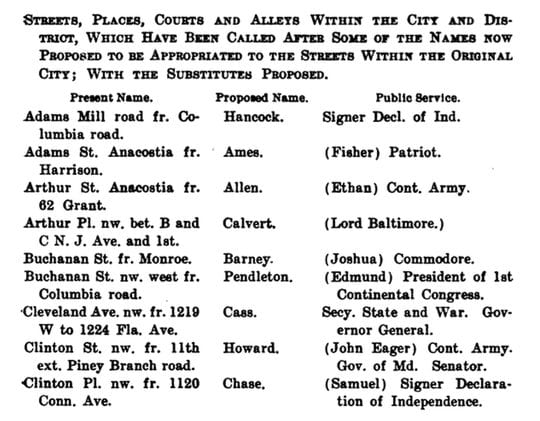
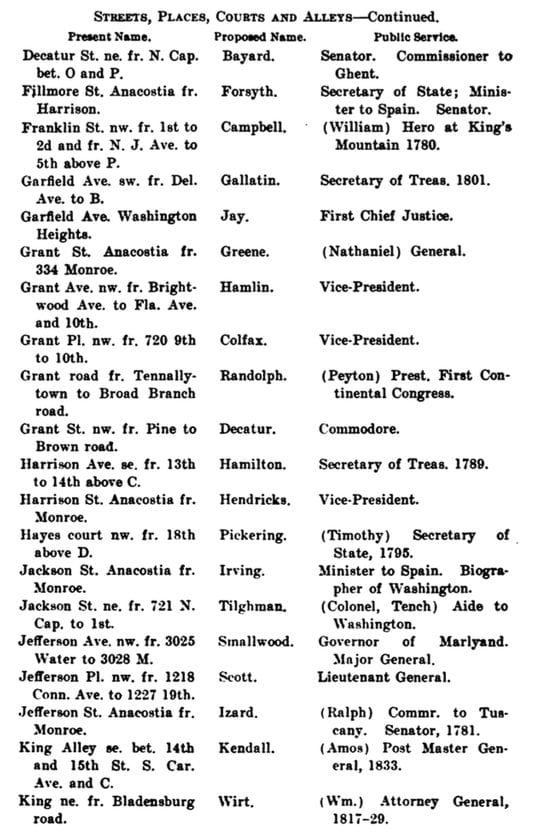
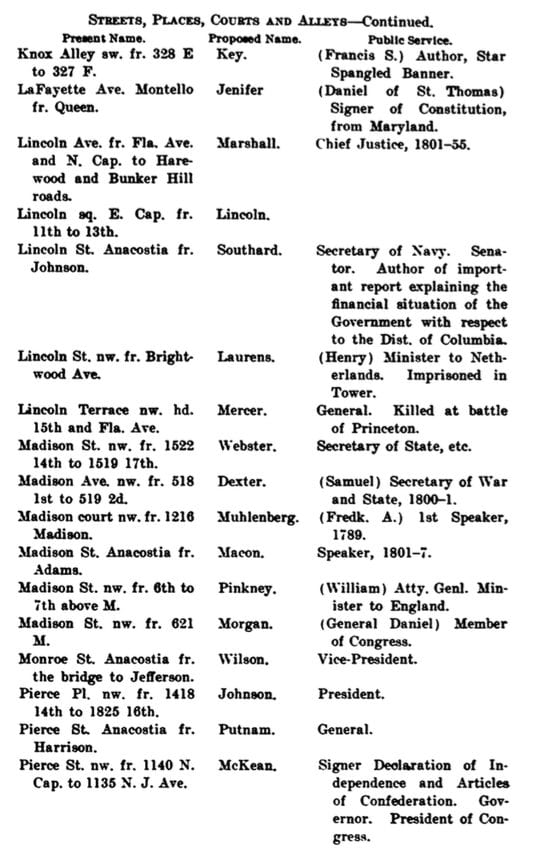
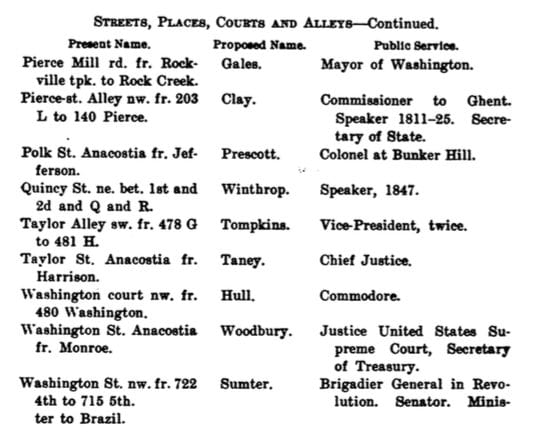
Reading through the speech, one of my favorite quotes is this one:
There was indeed no necessity to use the name of the Father of his Country at all, in this rearrangement of names, for his fame is secure enough without such reminder.
Florida Avenue to become Washington Avenue
That said, there was a suggestion in his statement to widen Florida Ave. and making a grand boulevard named Washington Avenue, having the city “encircled to the north by a grand girdle properly adorned by the name of him who guarded the whole country while he lived.”

